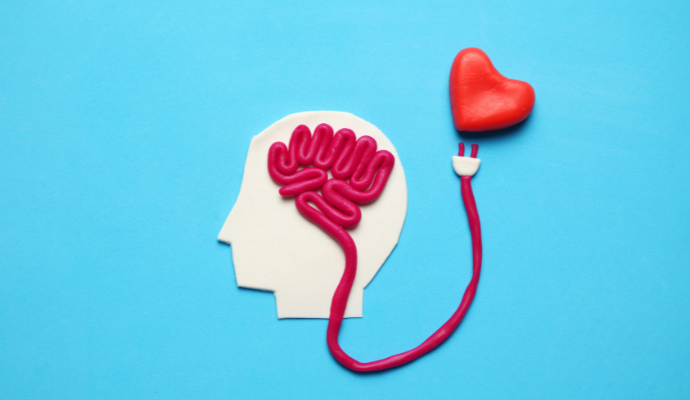Medication Errors in Kids Cut in Half with Better Caregiver Education
A more in-depth caregiver education process during hospital discharge cut medication errors in kids from 54% to 30%.

Source: Getty Images
- A new study in JAMA Network Open is advocating for more depth and breadth during the pediatric hospital discharge process, asserting that providing caregiver and patient education with more health literacy considerations will help address patient safety.
In particular, the study demonstrated how deepening parental education during the pediatric hospital discharge process can prevent at-home medication errors that often result in patient safety events and, in some cases, rehospitalization. A patient education approach that considered low health literacy levels of parent/guardian caregivers proved effective for reducing posthospitalization medication errors.
When a pediatric patient is discharged from the hospital, the parent or guardian is often relegated to the role of at-home caregiver. Caregivers are responsible for a number of post-discharge care management activities, including administering medications. Medication dosing for kids, especially liquid dosing via syringe, can be challenging even for trained healthcare providers, not to mention layperson parents and guardians, only around 15 percent of whom have proficient health literacy levels.
According to one study, low health literacy among caregivers was linked to post-discharge medication errors, the researchers cited. Separate studies have shown a 1.5- to 2.5-fold increase in the odds of liquid medication dosing errors with limited health literacy.
This latest study from researchers at the Vanderbilt University School of Medicine looked into new discharge processes that could ameliorate the medication dosing error problem, looking in particular at how providers can support parent caregivers as they transition their child back home.
The retooled discharge education process was extensive. Tested against a usual care control group, the researchers assessed how a caregiver education strategy leveraging multiple different types of education would improve at-home medication dosing.
During the discharge process, caregivers in the intervention arm received written and pictogram medication instruction sheets, while providers used patient teach-back and show-back (a strategy in which caregivers show the provider how they would draw liquid medication with a syringe.)
This process wound up being effective, the researchers reported.
After sending a picture of their prepared syringe following discharge, the researchers found that only 30 percent of caregivers receiving the revamped education made a dosing error, compared to 54 percent of those who received standard education. What’s more, the errors were less pronounced in the intervention group; their dosing was off by around 1 percent, compared to the control group, which had dosing differences around 3.3 percent.
Caregivers getting the revamped education also told researchers they felt more confident. Caregiver-reported medication knowledge was 93.4 percent compared to 79.7 percent within the control group. Caregivers in the intervention group were also more likely to correctly report when their child experienced an adverse effect of the medication.
The researchers pointed out that health literacy still had a link to medication safety even within the intervention group. Even among caregivers receiving the revamped education, those with lower health literacy levels were more likely to have a medication error compared to those with higher levels.
That said, the extent to which the intervention improved dosing was similar between those with high and low health literacy, which the researchers said suggests these deeper forms of caregiver education should be applied across all populations.
Notably, the team did not report on how much longer the deeper form of caregiver education took compared to standard discharge processes nor the ways it affected provider workflows. However, they did assert that the revamped patient education process—complete with patient teach-back and show-back—was brief and simple.
“The brief and low-resource nature of the intervention, coupled with the observed efficacy, supports universal application of health literacy–informed discharge communication strategies to improve care delivery and outcomes for hospitalized children,” the researchers concluded.
